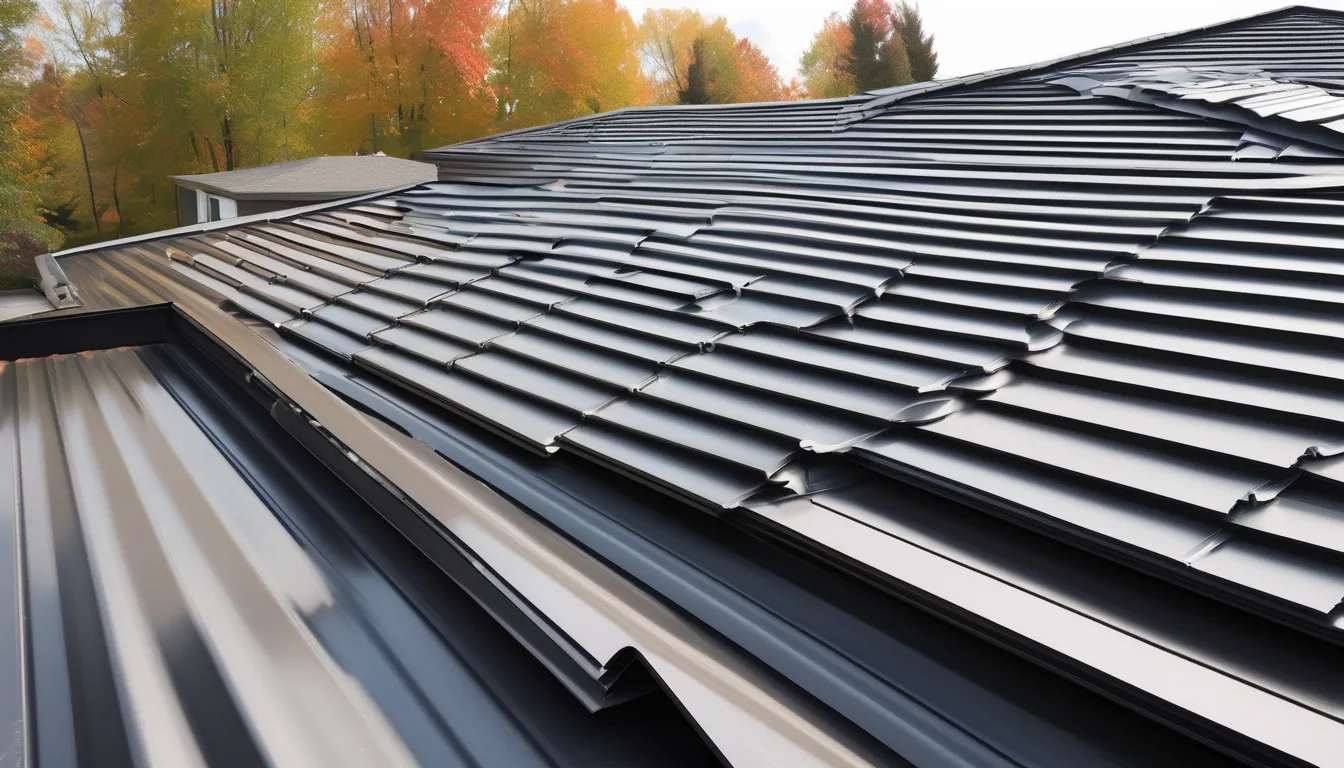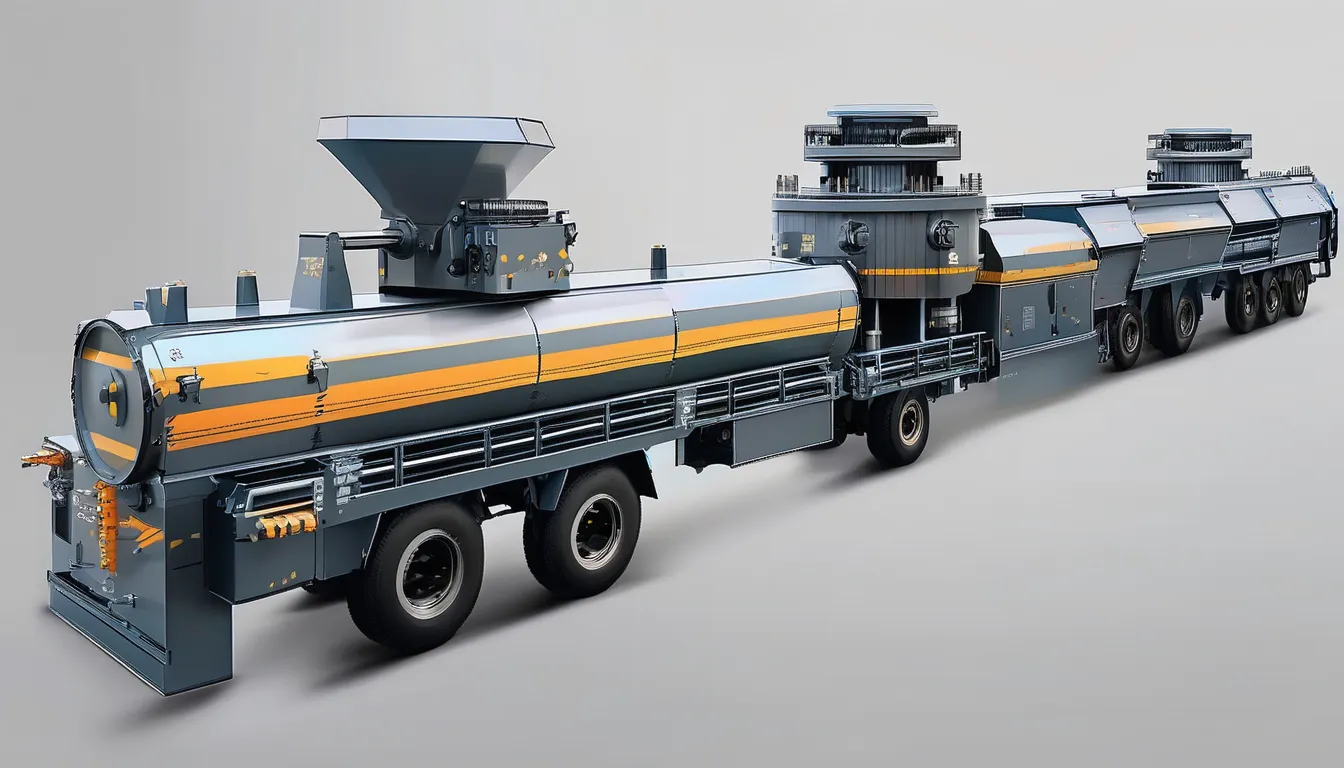You’re considering metal roof panels for your building project, and that’s a great choice. With their durability, sustainability, and cost-effectiveness, it’s no wonder they’re a popular option. But before you make a decision, you’ll want to know the basics. What types of metal roof panels are out there, and which one is right for you? From corrugated to standing seam, the options can be overwhelming. By understanding the different types and how to choose the right one, you’ll be well on your way to making an informed decision that meets your needs and budget.
Choosing the Right Metal
When it comes to metal roof panels, choosing the right metal is key to ensuring durability, sustainability, and cost-effectiveness. You’ll want to consider factors such as the climate you live in, the style of your building, and your budget when selecting a metal.
Corrosion resistance is also crucial, as it will determine how long your roof lasts. Look for metals with a protective coating or treatment that will help prevent rust and corrosion.
You should also think about the weight and strength of the metal. Thicker metals are generally more durable, but they can be heavier and more expensive. You’ll need to balance these factors to find the right metal for your needs.
Additionally, consider the recyclability and environmental impact of the metal. Some metals are more sustainable than others, so choose one that aligns with your values.
Types of Metal Roof Panels
Now that you’ve chosen the right metal for your roof, it’s time to consider the type of metal roof panel that suits your needs.
You’ll find several types of metal roof panels available in the market, each with its unique characteristics and advantages. The most common types include corrugated, standing seam, and flat panels.
Corrugated panels are the most popular choice, characterized by a wavy or rippled design that provides excellent durability and weather resistance.
Standing seam panels, on the other hand, feature a raised seam that runs vertically up the panel, making them ideal for residential and commercial applications.
Flat panels are smooth and flat, often used for wall cladding or interior applications.
Other types of metal roof panels include troughed, composite, and insulated panels.
Troughed panels have a U-shaped design, while composite panels combine multiple materials for added strength and insulation.
Insulated panels feature a foam core sandwiched between two metal sheets, providing excellent thermal performance.
When choosing a metal roof panel, consider factors such as durability, maintenance, and aesthetic appeal to ensure you make the right choice for your building.
Installation and Handling Tips
A well-planned installation is crucial to ensuring the longevity and performance of your metal roof panels. When installing your metal roof panels, you’ll want to make sure you’re handling them correctly to avoid damage and ensure a secure fit.
To ensure a successful installation, consider the following handling tips:
| Handling Tip | Why It Matters | Best Practice |
|---|---|---|
| Store panels in a dry area | Moisture can cause rust or corrosion | Store panels in a well-ventilated, dry area |
| Handle panels with clean gloves | Oils from skin can cause rust or corrosion | Wear clean gloves when handling panels |
| Use a lift or pulley system | Panels can be heavy and cause injury | Use a lift or pulley system to move panels into place |
| Measure carefully before cutting | Incorrect cuts can lead to waste and extra cost | Double-check measurements before cutting panels |
Maintenance and Repair Options
Proper maintenance is key to extending the lifespan of your metal roof panels and preventing costly repairs down the line. You’ll want to start by inspecting your roof regularly for signs of damage or wear.
Check for loose or missing fasteners, damaged or bent panels, and signs of rust or corrosion. Make sure to clear debris, such as leaves or branches, from your roof to prevent damage and ensure proper water flow.
If you notice any damage or issues during your inspection, it’s essential to address them promptly. For minor repairs, you may be able to fix the issue yourself with some basic tools and materials.
However, for more significant problems, it’s best to hire a professional roofer to ensure the job is done correctly and safely.
In addition to regular inspections and repairs, you can also take steps to prevent damage and extend the lifespan of your metal roof panels. Apply a coating or sealant to protect against rust and corrosion, and consider installing gutter guards to prevent debris from accumulating in your gutters.
Cost and Energy Efficiency Benefits
Metal Steel Ridge grk screws panels can pay for themselves over time, thanks to their energy efficiency benefits and lower maintenance costs. By choosing metal roof panels, you’ll enjoy significant savings on your energy bills.
In warmer climates, metal roofs can reflect solar rays, reducing cooling costs. In colder climates, metal roofs with insulation can help retain heat, reducing heating costs. These energy efficiency benefits not only save you money but also reduce your environmental footprint.
You’ll also save on maintenance costs. Metal roof panels are resistant to mold, mildew, and pest damage, reducing the need for frequent repairs.
Plus, they’re designed to withstand harsh weather conditions, including heavy rain, hail, and high winds. With a metal roof, you won’t have to worry about replacing shingles or dealing with costly repairs. When you factor in these savings, the initial cost of metal roof panels becomes more manageable.
Conclusion
You’ve made it through Metal Roof Panels 101. Now that you know the basics, you’re ready to make an informed decision. Remember to choose the right metal, select a suitable panel type, and follow proper installation and handling techniques. Regular maintenance and repairs will extend the lifespan of your metal roof. By doing so, you’ll save money on energy consumption and enjoy the benefits of a durable and cost-effective roofing solution.





